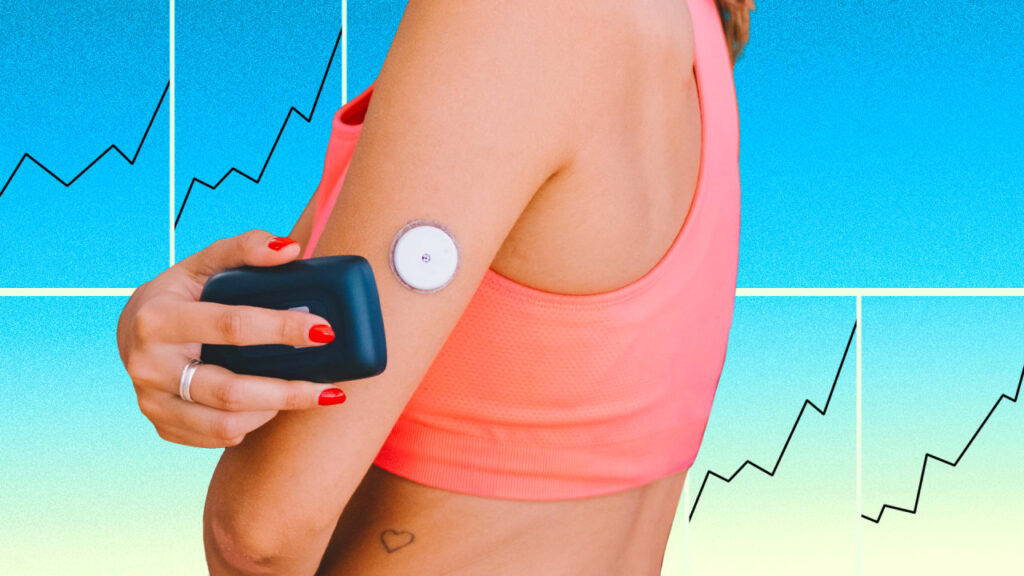The Miniature Continuous Glucose Monitor
Texas A&M University researchers are at the vanguard of transforming diabetes care with the aid of newly acquired funding. This financial boost aims to facilitate the creation of an injectable miniature continuous glucose monitor (CGM) the size of a grain of rice, heralding a significant leap forward in technology for diabetic individuals.
A Historic Evolution in Glucose Monitoring
The genesis of glucose self-monitoring systems in 1970 represented a pivotal moment in diabetic care. However, these systems were unwieldy, weighing three pounds and necessitating large blood samples—barely feasible for widespread use.
Read Guide about Wegovy Dosage Guide: The Best Way For Weight Loss
Fast forward over 50 years, and researchers at Texas A&M are pioneering a breakthrough: a fully injectable miniature continuous glucose monitor, comparable in size to a grain of rice, designed for seamless integration with an external optical reader to track sugar levels continuously.
Tip: Please fill out the form if you or a friend would like more information on CGM devices.
Redefining Convenience in Continuous Monitoring
Despite the advancements made in CGMs over the last quarter-century, existing models present challenges that might deter their consistent use. To address these hurdles, two esteemed faculty members from the Department of Biomedical Engineering have secured a National Science Foundation (NSF) grant.
This funding aims to drive a collaborative effort towards developing an injectable, grain-of-rice-sized glucose biosensor coupled with a wearable device—paving the way for user-friendly, minimally-invasive continuous monitoring.
“Most commercially available CGMs are indwelling, involving a needle connected to a patch on the arm,” notes co-principal investigator Dr. Gerard Coté. “While there’s one fully implantable CGM, it’s considerably larger and necessitates surgical implantation.”
Must Read CGMs in noncritical care hospitals optimizes glycemic control
Bridging Technology with Optimal User Experience
The NSF-backed project, supported by the biosensing program under the NSF Chemical, Bioengineering, Environmental, and Transport Systems (CBET) Division, harnesses the power of autofluorescence to gauge blood sugar levels accurately.
Dr. Coté’s team orchestrates the chemistry of the injected sensor while developing a miniature continuous glucose monitor. This sensor, when placed beneath the skin, interacts with light emitted by the reader to decipher glucose concentration, subsequently transmitting the data to a cell phone for easy sharing with healthcare providers.
Inclusivity Through Innovative Solutions
Beyond its diminutive size and injectability, the miniature continuous glucose monitor‘s sensor and its companion wearable reader incorporate optical sensing technology tailored to address challenges encountered in biosensing for individuals with darker skin tones.
By utilizing specific chemistry emitting light in the red and infrared spectrum, the technology ensures precise readings, fostering inclusivity in healthcare access.
Fortifying Compatibility Within the Body
Dr. Melissa Grunlan, serving as the co-principal investigator, directs efforts to encapsulate the sensing chemistry within a membrane enhancing its compatibility within the body.
This specialized hydrogel membrane, responsive to temperature fluctuations, prevents the body from sealing off the sensor, a common issue with implants, thereby preserving its functionality and longevity.
Also, read about Medi-Cal’s New Horizon: A Revolution in Diabetes Supplies
Pioneering Multidisciplinary Research
This groundbreaking project represents the culmination of nearly two decades of collaborative research between Dr. Coté’s expertise in biosensing and Dr. Grunlan’s proficiency in biomaterials.
Their synergy is pivotal in realizing the potential of this revolutionary technology, poised to redefine diabetes management.
While the grant infuses newfound resources, both Drs. Grunlan and Coté draw from their extensive preparatory research and express confidence in the device’s eventual success. They highlight the collaborative efforts undertaken, affirming their readiness to validate their innovative idea.
A Promising Horizon Beyond Diabetes Care
Beyond revolutionizing glucose monitoring, this multidisciplinary venture lays the groundwork for extending the lifespans and efficacy of various medical devices.
Driven by their combined expertise and visionary solutions, this team stands poised to reshape the landscape of diabetes management, offering a beacon of hope for individuals navigating this chronic condition.


